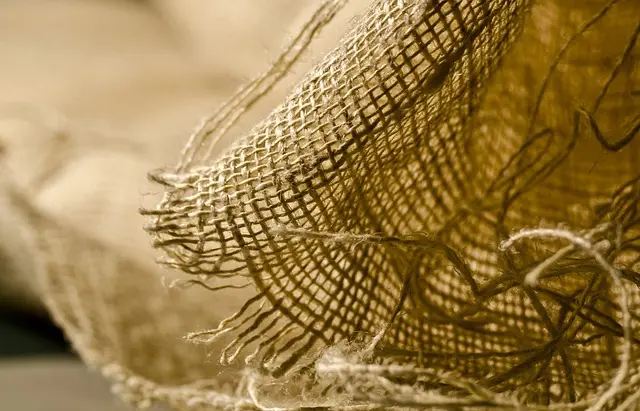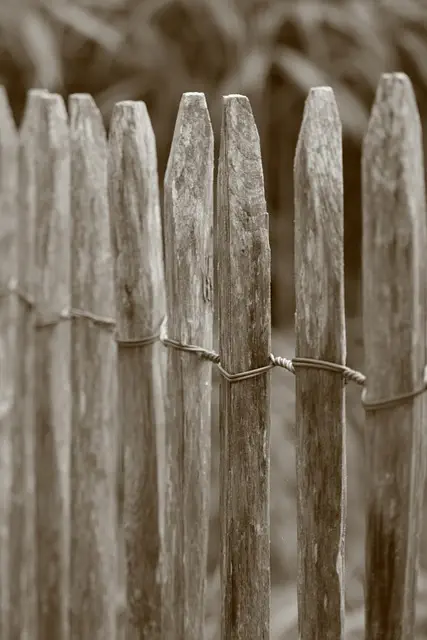Malaysian Kratom buds, derived from the Mitragyna speciosa tree, are celebrated for their unique alkaloid profile, including mitraphylline, 7-hydroxmitragynine, and mitragynine, which offer a range of pharmacological effects. Traditionally used for its energizing and pain-relieving properties, Kratom can be consumed in tea or capsule form. Its alkaloid content affects the spectrum of effects, from stimulating to sedative, depending on the dosage and strain. The potential of Kratom as an alternative to traditional opioid pain medication is under scientific investigation, with its complex effects and safety considerations still being evaluated. The long-term use of Kratom is a topic of ongoing debate, emphasizing the need for further research to understand its implications fully. Proper storage is critical for maintaining Kratom's efficacy; it must be kept in an airtight container out of light and extreme temperatures to avoid degradation and ensure it does not go bad. This careful handling can extend its potency for several months. The article also details the rigorous processes from harvesting to production in Malaysia, ensuring the highest quality and efficacy of Kratom buds through controlled drying, strict quality assurance protocols, and advanced testing to maintain consistent alkaloid levels and address concerns about whether Kratom goes bad over time. With the right storage and sourcing, Kratom can be a sustainable part of one's wellness regimen.
Explore the intricate world of Malaysian Kratom Buds, a natural phenomenon offering myriad benefits. This article delves into their composition, applications, and the critical aspects of preservation. Discover the shelf life of this botanical wonder, addressing common queries such as “does kratom go bad?” Learn about the meticulous harvesting and processing methods that guarantee the purity and freshness of Kratom on the market. Join us as we unravel the secrets behind maintaining the integrity of Malaysian Kratom Buds for optimal use.
- Understanding Malaysian Kratom Buds: An Overview of Their Composition and Uses
- The Shelf Life of Kratom: Addressing Concerns About Does Kratom Go Bad and How to Store It Properly
- Harvesting, Processing, and Quality Assurance: Ensuring the Purity and Freshness of Malaysian Kratom Buds in the Market
Understanding Malaysian Kratom Buds: An Overview of Their Composition and Uses

Malaysian Kratom buds, derived from the Mitragyna speciosa tree native to Southeast Asia, have garnered attention for their unique alkaloid profile and potential effects. These buds are rich in mitraphylline, 7-hydroxmitragynine, and the principal active ingredient, mitragynine. The balance of these alkaloids contributes to the diverse pharmacological properties that Kratom is known for. When harvested responsibly from the Malaysian forests, these buds offer a natural product that has been traditionally used for its stimulant and analgesic qualities. Users often brew the dried leaves into a tea or consume them in capsule form. However, it’s important to note proper dosage and administration due to the potency of Kratom and individual sensitivity.
The composition of Malaysian Kratom buds is complex, with over 40 alkaloids contributing to its effects. These effects can range from mild stimulation to sedation, depending on the dose and strain. The psychoactive components in Kratom interact with opioid receptors in the brain, which may explain its use as an alternative to opiate-based pain relief, although this use is not without controversy and requires further scientific investigation. Additionally, discussions around the long-term effects and safety of consuming Kratom are ongoing within the scientific community. Proper storage is crucial to preserve the integrity of these buds; when stored in a cool, dry place away from direct sunlight, Malaysian Kratom buds can retain their potency for an extended period, addressing concerns such as “Does kratom go bad?” When handled and stored correctly, these buds maintain their efficacy, making them a sought-after commodity for those interested in their effects.
The Shelf Life of Kratom: Addressing Concerns About Does Kratom Go Bad and How to Store It Properly

When exploring the benefits and effects of Malaysian Kratom buds, it’s natural to be concerned about their shelf life and how to maintain their potency. Like many botanical products, Kratom is susceptible to degradation over time if not stored correctly. The freshness and efficacy of Kratom are influenced by several factors, including exposure to air, light, humidity, and temperature. Proper storage is paramount to ensure that your Kratom retains its quality for as long as possible. To maximize the shelf life of your Malaysian Kratom buds, it’s crucial to store them in a cool, dry place away from direct sunlight. Airtight containers made of glass or high-quality plastic are ideal, as they protect against moisture and oxygen that can cause oxidation and deterioration. Additionally, avoid storing Kratom in the bathroom or kitchen where fluctuations in temperature and humidity can accelerate spoilage. Regularly inspecting your Kratom for any signs of rancidity, such as an off smell or a change in color, is also advisable. By following these storage guidelines, you can help ensure that your Malaysian Kratom buds do not go bad prematurely and continue to provide their desired effects for an extended period. It’s always best to purchase from reputable sources that offer fresh batches and provide clear information on the product’s harvest date, which can further inform your decision on when the Kratom is likely at its peak potency. With proper care, your Malaysian Kratom buds can remain effective for many months, offering you a reliable and natural supplement to your wellness routine.
Harvesting, Processing, and Quality Assurance: Ensuring the Purity and Freshness of Malaysian Kratom Buds in the Market

The journey from the lush, verdant forests of Malaysia to the consumer begins with the meticulous harvesting of Kratom buds, a process that is pivotal in ensuring the purity and freshness of these natural substances. Harvesters must exercise care and precision to select the ripest and most potent buds at their peak maturity. This careful selection is crucial as it directly affects the quality and efficacy of the final product. Once harvested, the Kratom undergoes a rigorous processing phase that involves drying and grinding to produce the fine powder commonly used. The drying process must be controlled to prevent the degradation of alkaloids present in the buds, which could otherwise lead to a loss of potency or even render the product less effective. This is particularly important for those concerned about whether Kratom goes bad over time, as improper drying and storage can indeed affect its shelf life and quality.
In Malaysia, where Kratom cultivation thrives, adherence to strict quality assurance protocols is non-negotiable. Each step in the processing chain, from initial harvesting to the final packaging, is monitored to maintain high standards. Advanced testing methods are employed to analyze the alkaloid content and ensure consistency across batches. The freshness of Kratom buds is preserved through temperature and humidity-controlled environments throughout the production process. Additionally, thorough cleaning and sterilization procedures are implemented at every stage to prevent contamination. This commitment to quality assurance helps in delivering a product that not only retains its potency but also maintains the high standards expected by consumers who rely on Kratom for various wellness applications. The result is a premium-quality Kratom bud powder that is both pure and fresh, addressing concerns about the potential for Kratom to go bad when improperly handled.
Malaysian Kratom buds, renowned for their distinctive alkaloid profile, offer a range of potential benefits that have garnered global interest. Understanding their composition and appropriate uses is crucial for consumers seeking natural alternatives for well-being. Addressing the shelf life concerns, particularly regarding whether kratom goes bad and how to maintain its potency through proper storage, is essential for ensuring a safe and effective experience. Harvesting, processing, and quality assurance practices are key in delivering pure, fresh Kratom buds to the market, which are pivotal factors in upholding consumer trust and satisfaction. In light of this, it’s clear that knowledgeable sourcing and responsible handling are paramount when incorporating Malaysian Kratom into one’s routine.






